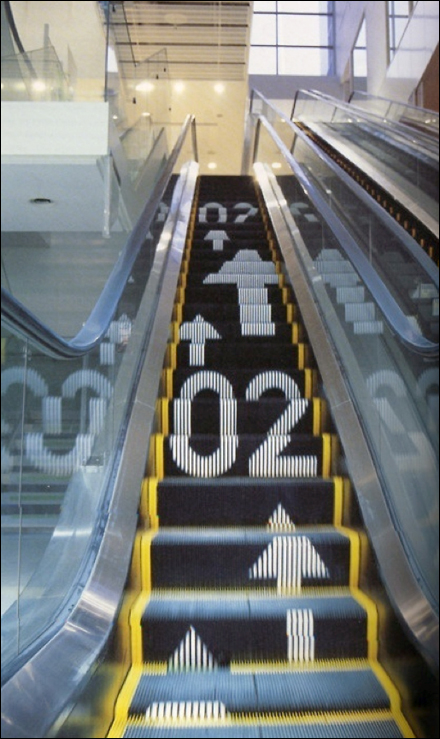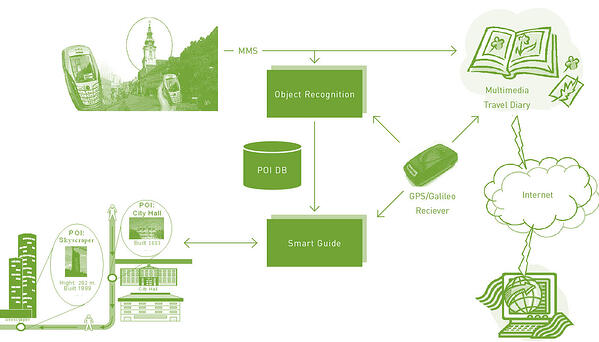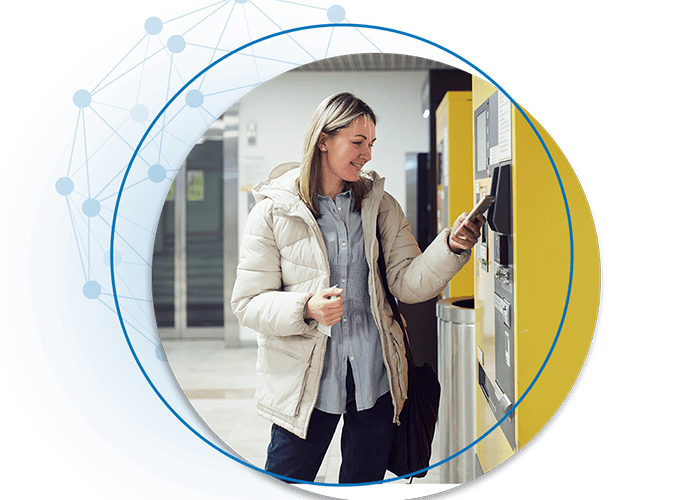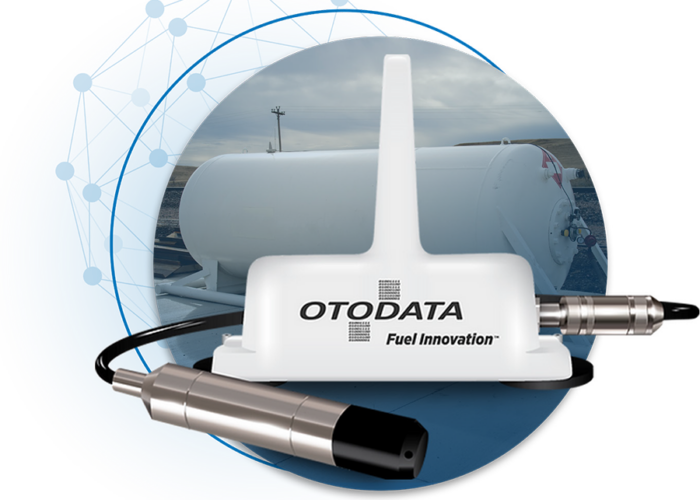In buildings such as shopping malls and airports, it can be a complex task for people to find their way through multiple annexes, extensions, floors, flights, and even indoor tram systems. In many cases, complex buildings need their own navigation systems, and GPS is hardly usable when it comes to traversing indoor spaces.
Experiential wayfinding approaches indoor navigation with IoT to ease, expedite, and enhance each users route to their desired destination, and to minimize the frustration from getting lost and losing valuable time within the complexity of large-scale, sectionalized buildings. The best use cases for experiential wayfinding are within large indoor spaces and complexes where visitors typically spend an extended duration, with a large portion of that time spent walking from one area to another.
- Shopping Malls
Malls often house so many stores, restaurants, and kiosks that shoppers spend just as much time trying to find stores as they do shopping. Inside malls, customer experience directors and mall administrators can convert the time customers spend searching for shop locations into time spent inside businesses by introducing wayfinding technology to the mall experience. The 5.6 million square foot Mall of America, for example, has implemented wayfinding technology through a kiosk system and downloadable app to help customers quickly navigate to the store, boutique, or even the specific product they are looking for. Along with providing shoppers with animated routes, wayfinding technology can also make suggestions on where the user may find similar products in other stores and boutiques.
Experiential wayfinding gives brick and mortar malls a competitive edge over online businesses by integrating the best of both worlds. Shoppers can save time and energy by digitally searching for products and comparing retailers through wayfinding technology before immediately navigating to the physical store where they can test or try on products to inform their buying decisions.
- Large-Scale Museums
Wayfinding technology can not only help guide users among the multiple buildings in large-scale museums but can also provide guidance inside the museum walls. The Smithsonian Institution, for instance, is made up of nineteen museums and galleries, plus the National Zoological Park, and According to Newsdesk, 2017 yielded more than 30 million visitors to the Smithsonian Institution. Within museums that have a high volume of visitors, such as the Smithsonian, wayfinding technology has the potential to track visitation volume of each gallery in real time to help them choose the best time to visit the various areas of the museum based on crowd sizes.
In addition to navigation, wayfinding systems can take information from object labels and didactic text from the wall and incorporate it into the wayfinding app on users smartphones, making the information accessible to more people at a given time, while also allowing visitors to move freely while reading about the featured objects.
- Airports
According to the Financial Times, people spend an average of just over two hours inside airports before each flight. Considering some airports that have hundreds of terminals, annexes, escalators, staircases, moving walkways, and even indoor trams extending across multiple buildings, an especially important use case for wayfinding systems is to help pressed-for-time passengers efficiently navigate through the series of airport passageways and checkpoints to reach their flights gate in a timely manner. A company called Pointr has developed an interesting wayfinding solution for navigating within airports that makes use of strategically placed, Bluetooth-powered beacons. Coupled with augmented reality technology, these navigational beacons send signals to and from users smartphones to provide step-by-step directions to the users final destination, whether that is a specific extension of the airport, a platform, a gate, or a product within an airport shop or restaurant. Bluetooth beacon wayfinding is particularly useful in indoor areas with cellular interference, such as an airport.
Because time is of utmost importance when catching a flight, wayfinding technology provides a highly-useful way to make sure travelers are following the correct paths and joining the correct queues while navigating complex airport buildings. Improving airport navigation will ultimately cut down on wait times and improve the flow of foot traffic through busy corridors, leading to lower possibilities of delayed and missed flights.
- Resorts and Theme Parks
Although not entirely indoors, theme parks and resorts are complex spaces built on providing a breadth of entertainment sources to their visitors, and their features are often designed to grab attention. Traditional wayfinding that makes use of signage and marked pathways can often become lost in the visual stimuli at these kinds of getaway locations. With so much to do and so little time, wayfinding technology can expedite navigation through theme parks and resorts to maximize the time visitors spend with features. Take Walt Disney World, for example, a place that is packed with a myriad of rides, interactive experiences, shops, restaurants, spas, performances, and special events. The task of getting to and from the hotel and theme park, or a restaurant where reservations were made, can be a complex chore within itself.
The My Disney Experience is an example of an experiential wayfinding app for theme parks and resorts that goes beyond navigation. The My Disney Experience app can also help visitors get their days organized with a built-in planner in order to maximize their entertainment and vacation experiences. Furthermore, visitors can explore features that are available to them, attain real-time attraction wait times, browse restaurant menus, make reservations, and buy tickets on-the-go.
Co-piloting experimental wayfinding at Disney World is the MagicBand, now used for all park visitors. This IoT wristband device helps expedite and enhance visitors experiences by holding hotel key, credit card, ticket, and FastPass information. The wristband also allows Disney World track where its visitors are, and to accommodate situations like long wait lines with excellent customer service by sending staff members in character to provide entertainment, or incentivizing visitors to take advantage of other attractions to encourage more efficient use of the theme parks. Experiential wayfinding for resorts and theme parks can ultimately build user awareness of what is available to them within these stimulating environments, so they wont miss a beat on their getaway vacations.
- Libraries
Modern public libraries are host to more than just books. Libraries are now expanding to incorporate access to community building events, work centers, as well as the incorporation of technology rentals and reservations for tools like computers, tablets, and even 3D printers. Wayfinding technology can be used to navigate through the tiers of educational opportunities that libraries have to offer, and by tracking foot traffic, wayfinding can help library design planners and technology architects gain insight into how these spaces are being used to improve the flow and usability of library shelves and sections.
Taking a spin off the long-standing Dewey Decimal System, consider how wayfinding technology can improve patrons ability to not only find specific areas of the library like the childrens section or the research labs, but also find specific books and even content within those books. Wayfinding has the potential to do for libraries what it can do for shopping malls: make suggestions. When a specific book or topic is searched within a library wayfinding app, the app can lead the user to the book they are looking for, then follow up by making recommendations on similar topics, other works by the same author, similar authors, or suggestions based on what else people with interest in the same book searched for.
Wayfinding Goes Beyond Navigation
Experiential wayfinding primarily helps users navigate complex spaces. Furthermore, the IoT networks, devices, and data transmissions of experiential wayfinding can incorporate additional features to further enrich user experience, as well as provide valuable information to application and system administrators. Wayfinding mall kiosks can become customer outreach tools by incorporating well-placed ads and suggestions at the right time during the visitors shopping experience. Similarly, large-scale museums can use wayfinding tools to collect data about the objects, works of art, and artifacts each visitor spends time with to inform suggestions on similar features in proximity that may be of interest. Location-sharing can also help users easily find their friends, family, or colleagues to expedite meetups.
Airports, in particular, have the added potential to use wayfinding software to enhance security measures. Although wayfinding technology is built to be anonymous, the movements of users can be tracked to help security enforcement identify any unusual movement or suspicious lengths of stay within an airport. Wayfinding technology can help complex spaces flow safely and steadily.
Find Your Way with Aeris
Whether it is locating the perfect product within a five million square foot shopping mall, receiving an astute suggestion at an art museum, or navigating to a flights gate with great timing, experiential wayfinding technology can seamlessly steer your customers and visitors towards exactly what they are looking for in complex building spaces, while providing users with a personalized experience and administrators with valuable data.
Aeris is here to design and implement the best IoT connectivity solution for businesses navigating new paths in wayfinding technology. To learn more about how Aeris can work with you to build a foundational IoT platform for your wayfinding business goals, Contact Us today.




